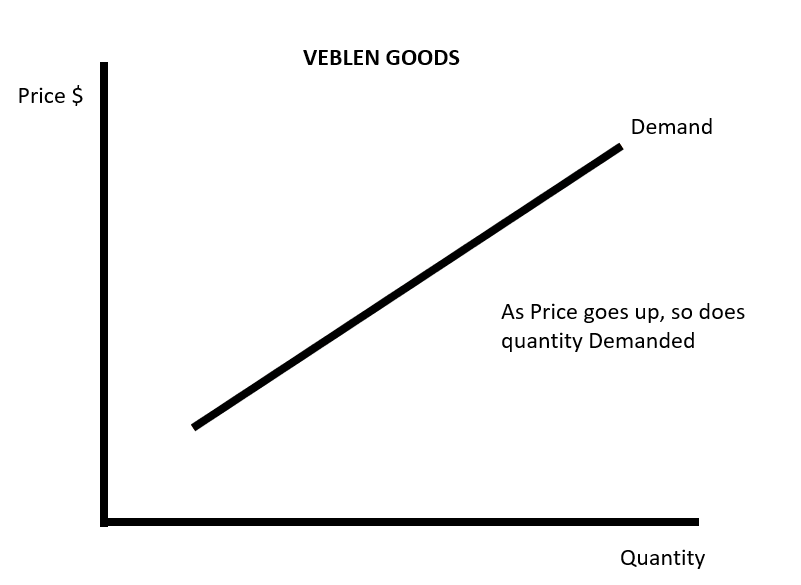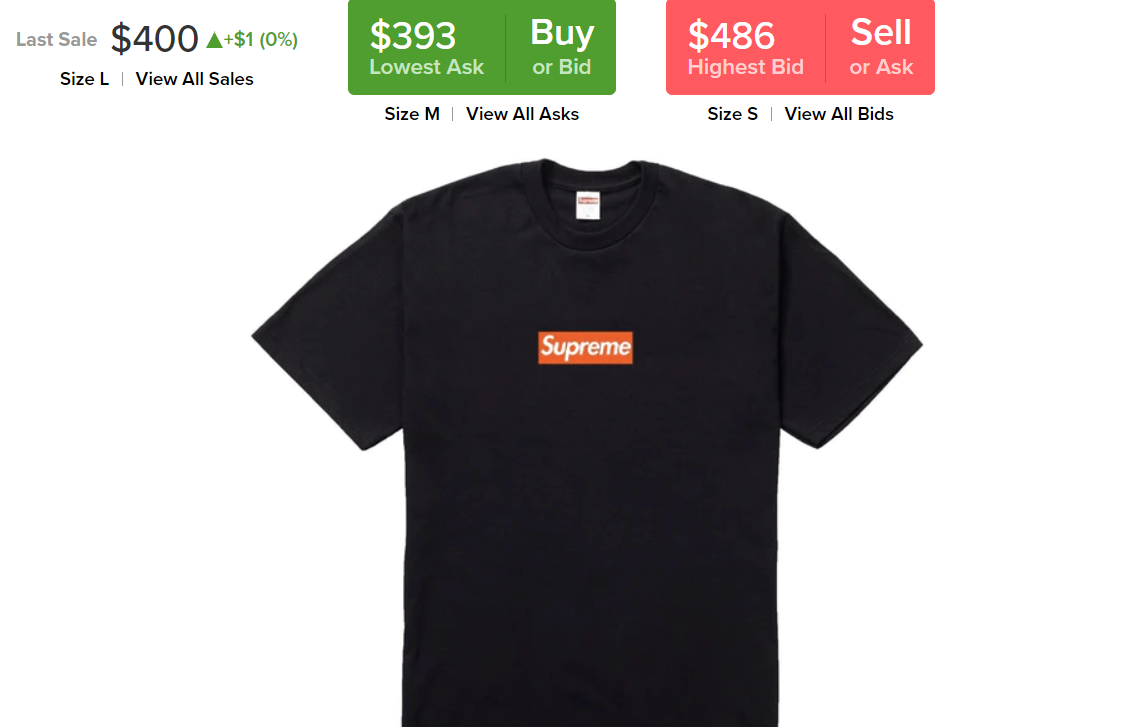Happy Thanksgiving to those that celebrated last week.
Black Friday/Cyber Monday also recently passed us, and I’d be lying if I said I didn’t do a little bit of personal shopping. But my rationale has always been: if I am going to buy these products anyways, why not get a discount on them? In fact, if you wanted a real guaranteed fast return on your investment, it would be better to mass bulk buy items like toilet paper or toothpaste that you would need anyways when these items are on sale on Amazon.
As much as I enjoy clicking the ‘add to cart’ button on those new deck of playing cards or limited edition basketball shoes, I also am very conscious about the economics and particularly the psychology of consumerism, and that’s what I want to talk about today.
Conspicuous spending
Conspicuous spending is defined as the purchase of goods and services primarily for showcasing one’s status and economic wealth to society. It is a display of power.
You don’t actually like Louis Vuitton bags – you only buy them because of the accompanying status and symbol the LV logo provides.
Don’t get me wrong – there is nothing wrong with buying luxury goods – I just hope you also legitimately like those goods on top of the symbol accompanied.
“HYPE”
This brings us to how certain brands or “luxury” goods have become so expensive – particularly in the re-sale market. These are generally products like Supreme, Yeezys, and resale Jordan sneakers.
Yeezys, Kanye West’s shoe line, will often double or more in re-sale value after retailing for ~$200 USD. The value is derived from hype, or essentially the popularity built-up for the product pre-release – hype which has been dramatically amplified by the internet and social media culture.
Hype itself has no value – instead, society attributes hype to an increased status symbol, which we are willing to pay a premium for.
Add in the Limited Edition tag on these products, and the idea of conspicuous consumption and hype, and we get what economists call Veblen goods
Veblen goods defy traditional economic thought.
Traditional demand theory teaches us that as PRICE goes UP >>> DEMAND should FALL
This makes sense. Bananas become more expensive – people demand less and buy fewer bananas (given all other constraints remain consistent). If there is less supply of bananas, the price goes up if demand remains the same, because there are fewer bananas to go around.

Veblen goods, however, are inversed. When PRICES go UP >>> DEMAND also goes UP. This is because of conspicuous consumption. I want what you can’t have, and that will make me pay a premium to ensure only I can wear the Supreme Logo as a status symbol
So now when Supreme T-shirts are sold, they harness the power of hype to build up interest and popularity in their products, increasing the demand. The demand will increase the price of the product on the resale market. And thus, we have Supreme T-shirts that retail MRSP for $38 that resell for $400 on Stockx.
Money can’t buy happiness?
So when people say “money can’t buy happiness,” what they really mean to say is “avoid spending too much money on conspicuous spending”
I’m not saying don’t buy luxury goods. There are studies that show that material goods do bring happiness – up to a certain point. And those who are lifted out of poverty or financial stress do see a measurable increase in sustained happiness as well.
Instead, try to balance minimalism and luxury together – and have a better sense of what YOU personally like – not what will make you look cooler to society.
For those that wish to “buy happiness,” it’ll be wise to focus on inconspicuous spending, which is essentially spending on goods and services for yourself. This often comes in the form of experiences like traveling or picking up new activities like skydiving or learning a new skill. Experiences stay with you forever — quite literally, and can stir up happiness through memories wherever you are. That Supreme T-shirt, on the other hand, might provide a few days or months at best, of sustained happiness.
Happy shopping

Leave a comment